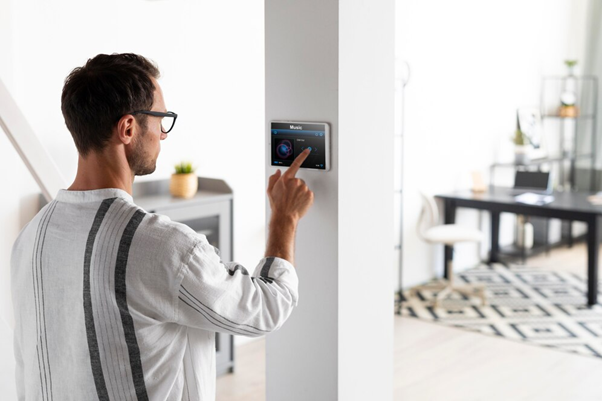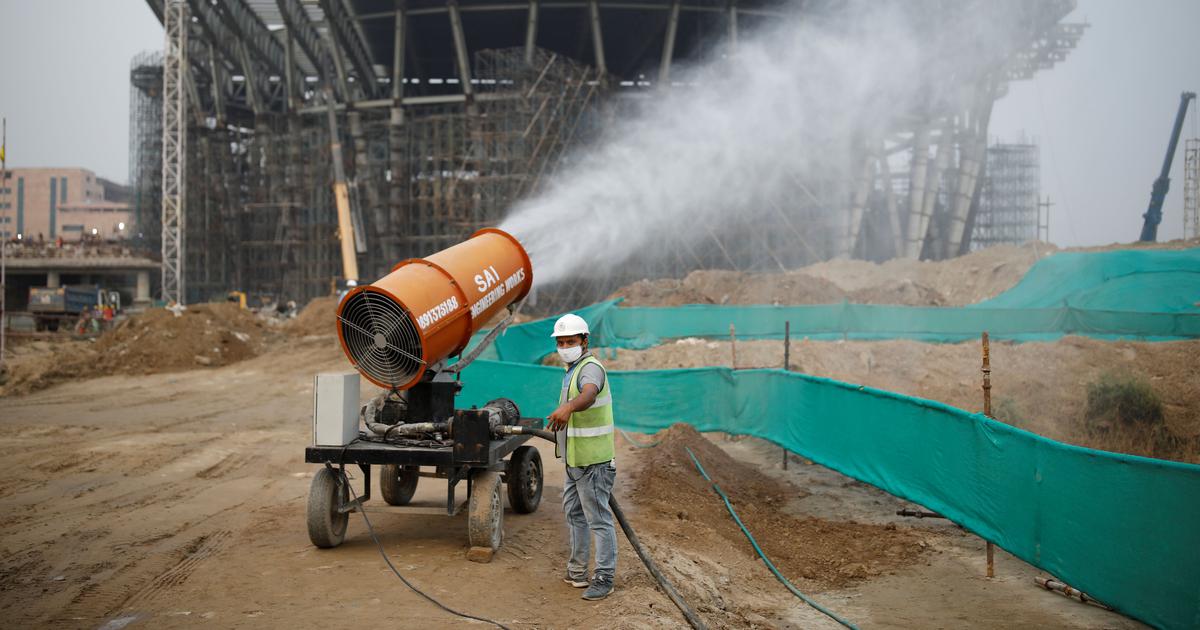In recent years, the integration of home automation devices with commercial security providers has revolutionized the way we approach safety and efficiency in both residential and business environments. This synergy between advanced home automation technologies and professional security services not only enhances the protection of properties but also streamlines daily operations. Let’s explore how this integration is shaping the landscape of security solutions today.
The Role of Home Automation Devices
Home Automation Devices encompass a wide range of technologies designed to automate and control various aspects of a home or business environment. These devices include smart thermostats, lighting systems, surveillance cameras, door locks, and sensors, all interconnected through a centralized control system. Their primary function is to provide convenience, energy efficiency, and enhanced security to homeowners and business operators alike.
In a residential setting, for instance, smart door locks can be remotely controlled and monitored via smartphone apps, allowing homeowners to grant access to visitors even when they are away. Surveillance cameras equipped with motion detection capabilities provide real-time alerts and footage, offering peace of mind and the ability to monitor property remotely.
Evolution of Commercial Security Providers
Commercial security providers offer specialized services and expertise in safeguarding businesses against a wide array of threats, including theft, vandalism, and unauthorized access. Traditionally, these providers have relied on alarm systems, physical guards, and monitoring services to protect their clients’ assets.
However, with the advent of advanced technology, commercial security providers have embraced integration with home automation devices to offer more comprehensive and responsive security solutions. This evolution allows businesses to leverage the benefits of interconnected devices and professional monitoring services to mitigate risks effectively.
Enhancing Safety through Integration
The integration of home automation devices with Commercial Security Providers enhances safety in several key ways:
- Real-Time Monitoring and Response: By integrating smart surveillance cameras and motion sensors with commercial security systems, businesses can benefit from real-time monitoring and immediate response capabilities. This proactive approach enables security personnel to address potential threats swiftly, minimizing the risk of loss or damage.
- Access Control Management: Smart access control systems, integrated with commercial security platforms, enable businesses to manage employee access permissions efficiently. This capability ensures that only authorized personnel can enter restricted areas, enhancing overall security protocols.
- Automation of Security Protocols: Automation plays a crucial role in enhancing efficiency and reliability in security operations. For example, smart lighting systems can be programmed to simulate occupancy patterns, deterring potential intruders during non-operational hours. Similarly, automated alerts and notifications keep stakeholders informed of any security breaches or anomalies in real-time.
Streamlining Operations and Improving Efficiency
Beyond safety benefits, the integration of home automation devices with commercial security providers contributes to operational efficiency:
- Centralized Control and Management: A centralized platform allows businesses to monitor and manage all connected devices from a single interface. This streamlined approach simplifies system maintenance, updates, and troubleshooting, reducing operational costs and improving overall efficiency.
- Data-Driven Insights: Integrated systems generate valuable data analytics that businesses can use to optimize security strategies and resource allocation. These insights help identify patterns, trends, and vulnerabilities, enabling proactive measures to enhance operational efficiency and minimize risks.
- Scalability and Flexibility: As businesses grow or adapt to changing security needs, integrated systems offer scalability and flexibility. Additional devices or functionalities can be seamlessly incorporated into the existing infrastructure, ensuring continued protection and adaptability to evolving threats.
Conclusion
The integration of home automation devices with commercial security providers represents a significant advancement in enhancing safety and efficiency for both residential and business environments. By leveraging interconnected technologies and professional expertise, businesses can achieve comprehensive security solutions that address modern challenges effectively. This synergy not only improves protection against potential threats but also optimizes operational workflows and resource management. As technology continues to evolve, the integration of home automation devices with commercial security providers will undoubtedly play a pivotal role in shaping the future of security solutions worldwide.



